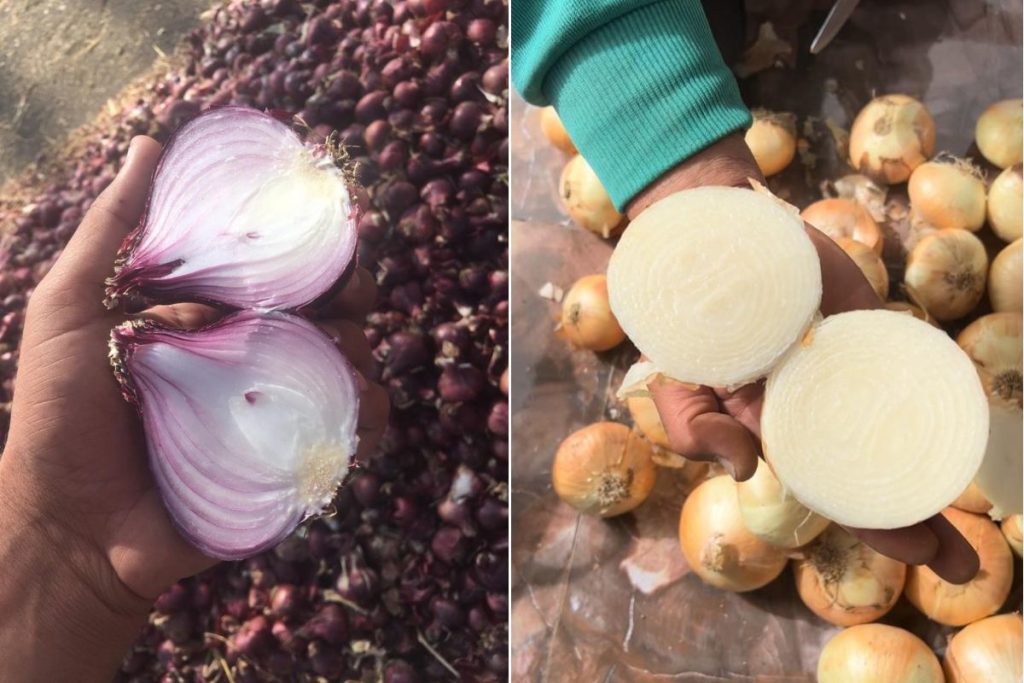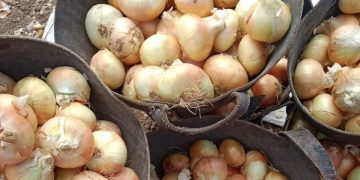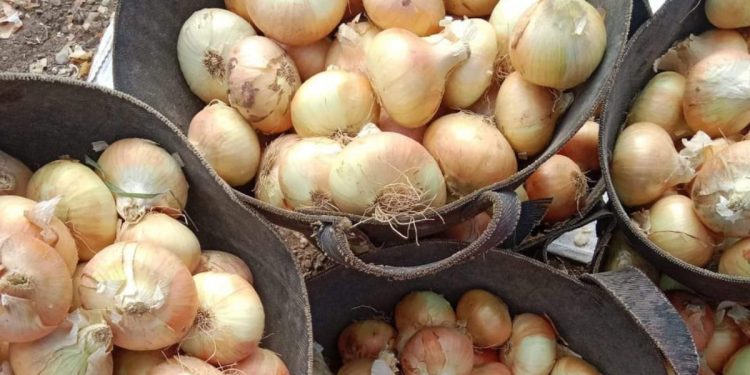Analyzing Market Trends, Quality Concerns, and Competitive Dynamics
Despite lifted export bans and optimistic preparations, Egyptian onion producers are facing unexpected challenges in the global market this season. According to Mohamad Hassan, Export Sales Manager at Al Gamal, the anticipated surge in demand has not materialized, leaving exporters disappointed.
“We geared up for a robust season with ample volumes and excellent quality,” explains Hassan. “Both red and yellow onions are showing superior coloring and larger sizes, some reaching up to 100 ml.” However, these advantages have not translated into increased demand as hoped.
The primary hurdle comes from pricing dynamics influenced by inflation in Egypt. Hassan highlights that while Egyptian onions boast quality advantages over competitors like Indian and Spanish onions, they struggle to compete on cost. “Indian onions, despite transport costs, remain significantly cheaper,” Hassan notes, emphasizing the cost sensitivity of global markets.

Furthermore, logistical challenges exacerbate the situation. Port congestions make it challenging to commit to delivery timelines, further impacting market competitiveness. Despite these setbacks, there are glimmers of opportunity in emerging markets. “We’re noticing increased interest from West African countries like Côte d’Ivoire and Ghana,” Hassan observes, pointing to potential growth areas amidst traditional market disappointments.
The situation underscores the delicate balance Egyptian onion exporters must navigate: maintaining quality superiority while addressing cost competitiveness in a volatile market. As global demands and economic factors evolve, strategic adaptation will be crucial for sustaining market presence and profitability.
































